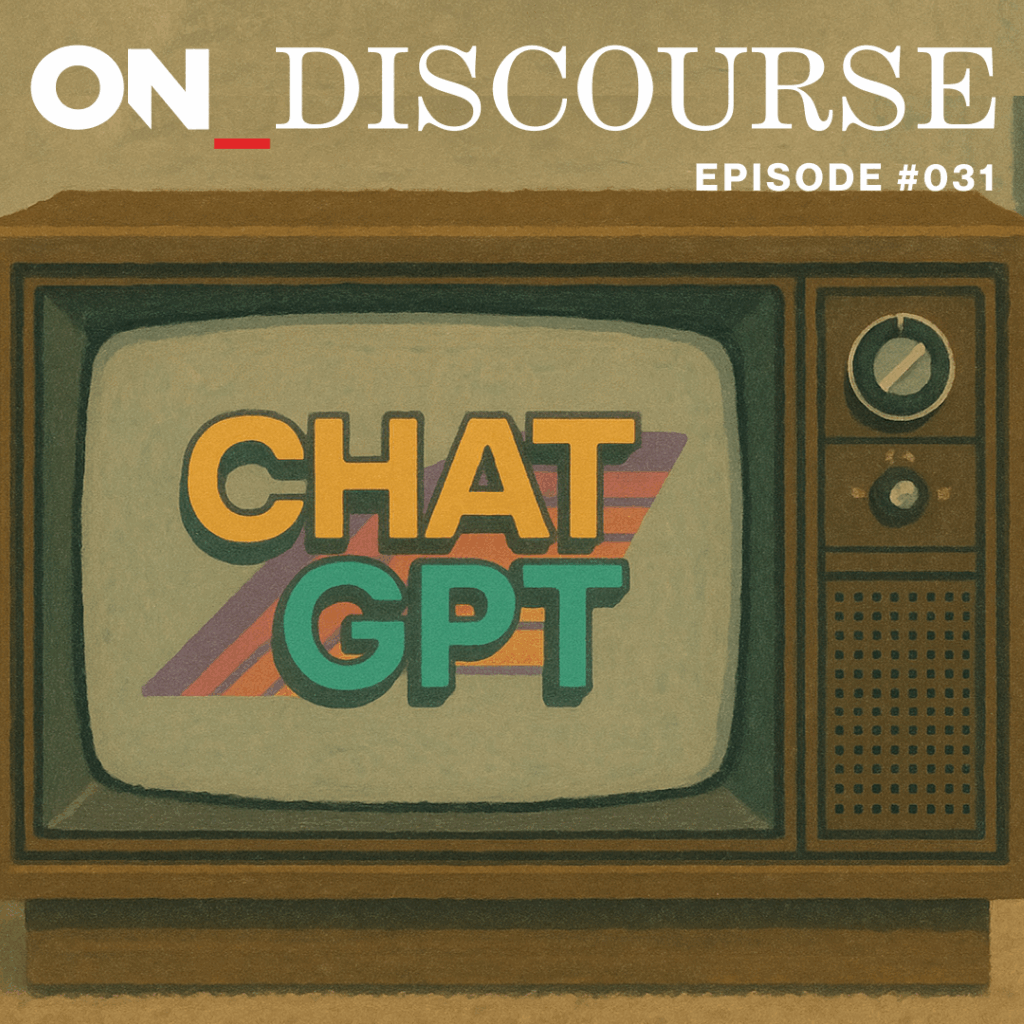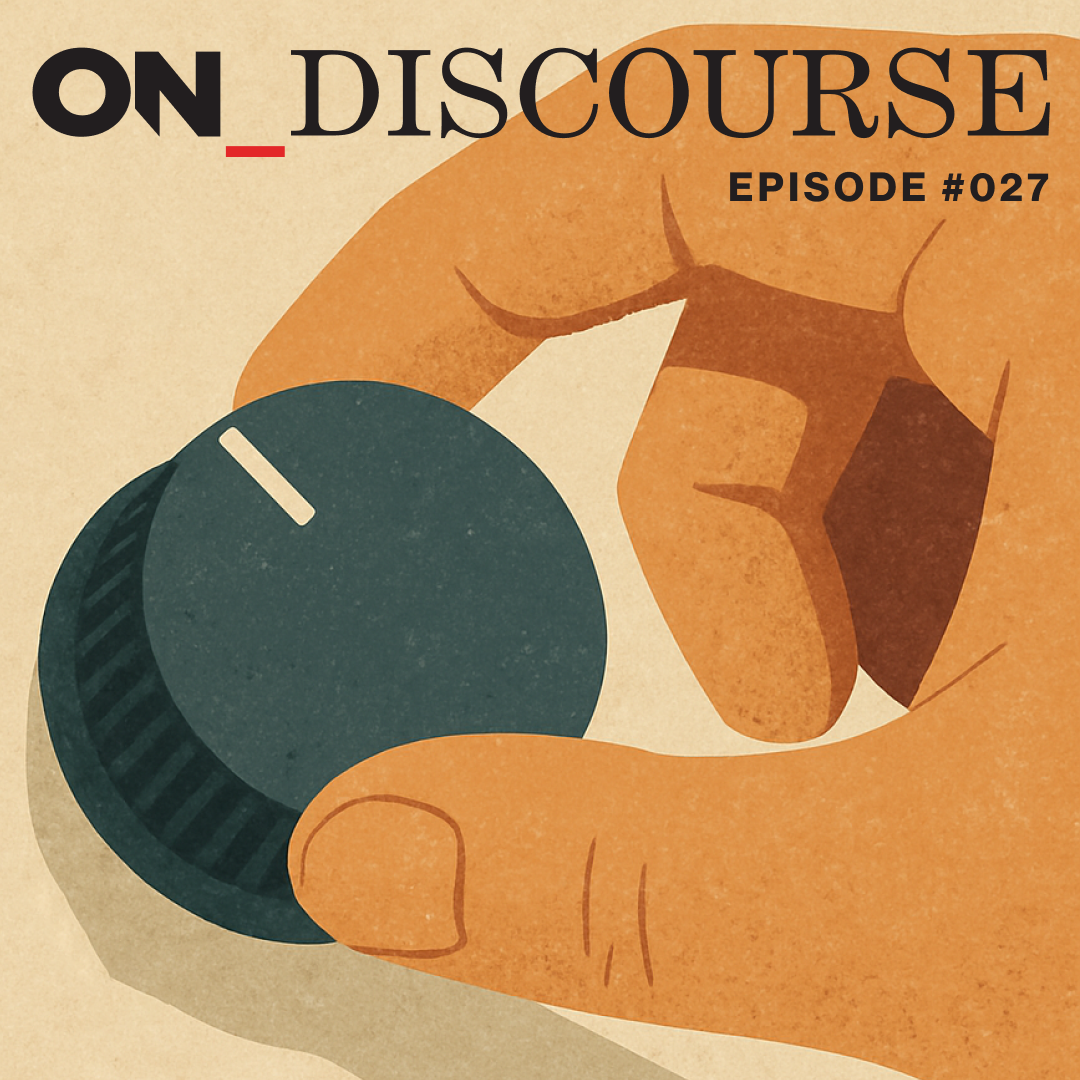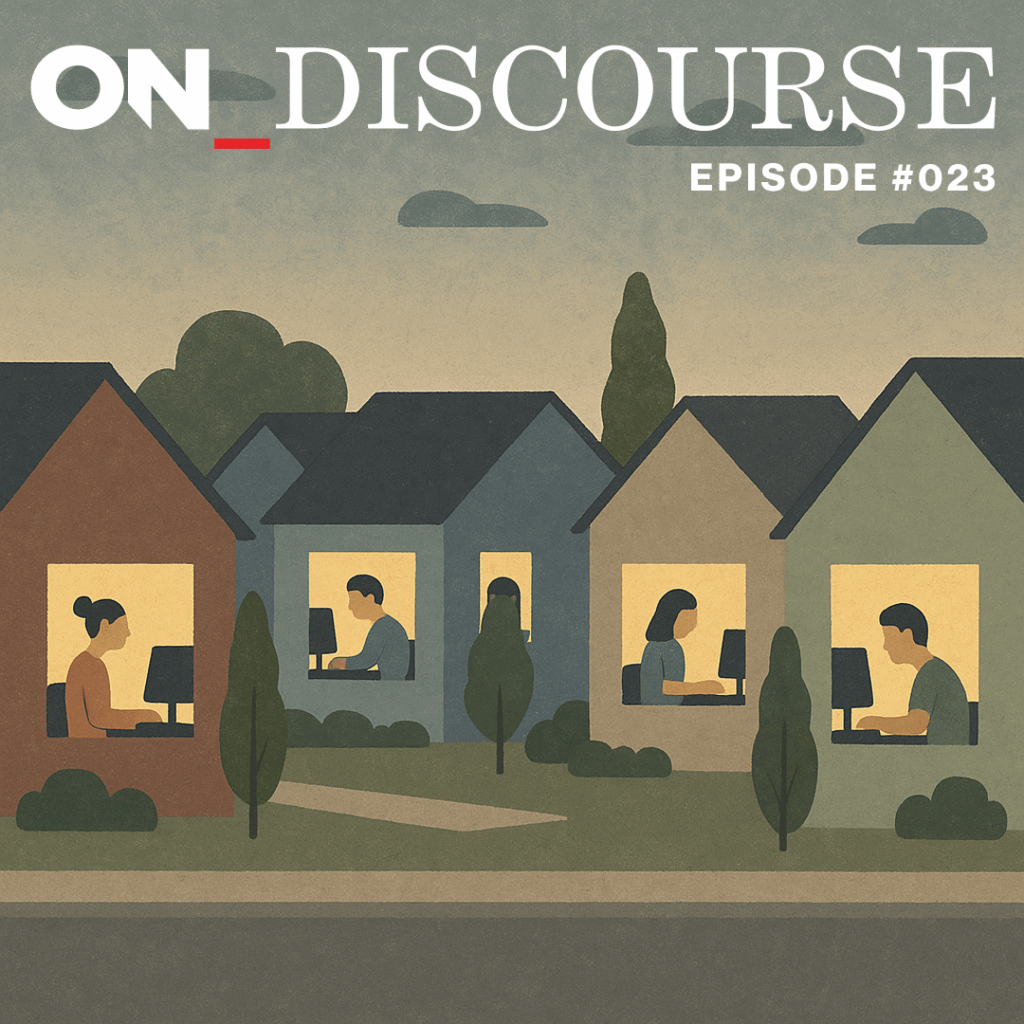It’s not news that luxury fashion has woken up to the potential importance of the secondary market. As the CEO of One of None, I have spent the last two years talking to fashion companies about the issue of authentication. Brands primarily see the problem through the lens of reputation protection and address it via litigation. But the missing provenance from luxury resales is much more than that.
The Future is
Authenticated, Brands
Risk Missing the
Opportunity
Provenance – or the lack of it – lies at the heart of a radical, transformational shift in the marketplace. Solve the provenance conundrum and you shape the future of luxury sales – and positively impact every player in the creator-collector-consumer-investor nexus. Continue to kick the can down the road, and the secondary marketplace doesn’t go away, it simply grows disfigured and misshapen. (Cue the Darth Vader music.)
Provenance has dramatically increased in importance because the secondary market is now unrecognizable from even just a few years ago, upended by a convergence of new buyer preferences and new technology platforms: think peer-to-peer digital exchanges such as Poshmark and eBay, and curated marketplaces such as StockX and Goat.
Secondary markets are
becoming the primary place
for buyers
Driving this change are investors and collectors who have passionately embraced the secondary market despite the brands they love staying on the resale sidelines. Stats from the 2023 thredUp Resale Report show that younger buyers increasingly look to the secondary markets to make a purchase before checking the primary market. The same study shows that 9 in 10 luxury resale buyers end up making a full-price purchase from the brands they shop in the secondary market – and 75% of luxury resale buyers have also contributed to the market as sellers.
The financial scale of the secondary market has correspondingly changed, too. The global luxury resale market is estimated to be nearly $33 billion today – and is expected to balloon to $52 billion by 2026. That’s an eye-popping 62% increase in just three years that’s simply too big to leave to the lawyers.
At the same time, the lines between consumers, collectors, and investors have increasingly blurred. Those Hermes Birkin Bags or Nike Travis Scott Air Jordan 1’s not only appreciate exponentially in value – they are resold again and again in future years. And as they do, the same doubt about provenance – and opportunity for savvy counterfeiters to enter the stream – reemerges at each new transaction point.
Brands are
fighting
the wrong
counterfeiting battle
Consensus estimates place the impact of counterfeiting in the luxury goods market above $600 billion annually. It’s no wonder counterfeiters are digging in their Louboutin heels and feeling confident they can win at legal whack-a-mole.
LVMH employs over 60 lawyers and spends nearly $17 million each year on legal fees related to anti-counterfeiting lawsuits. Chanel won an $11.5 million settlement with TheRealReal over counterfeits sold as authentic Chanel pieces. Nike is also currently working through several lawsuits with StockX for selling digital products marketed as 100% authentic. It’s a good fight, but ultimately a drop in the bucket.
Instead of fighting these counterfeiting battles in the courts they could simply make it easier for consumers to know what they’re buying is real. A focus on working with secondary marketplaces on using unbreakable digital certification would not eliminate counterfeits entirely but make them far less valuable and sought after.
By creating a unique digital ID – essentially a digital counterpart or certificate – for every luxury physical item, creators forever ‘mark’ the item as a one-of-a-kind.
In the fine art world, physical works are sold with paper Certificates of Authenticity that validate a work’s origins and buyer history. Digital authentication does the same, but via a mechanism that cannot be lost, copied or hacked – and is portable to any digital ecosystem.
The resale
royalty opportunity
Importantly, these digital certificates are already ‘future-proofed’ in anticipation of the next phase of the digital secondary marketplace – resale royalties. This is the concept of a creator customizing the digital certificate at the outset so that for every future resale, whether public or private, they receive a predetermined fractional royalty payment.
This option can be existentially important to an emerging solo artist or creator who is just beginning to make a name for themselves. For large, mega-brands, they’ll need to weigh the pros of royalty revenue vs the cons of buyer push-back – but at a minimum it’s something that must be discussed in C-suites given the market’s new dynamics.
Like a song royalty, fractional payments add up. In the near future, these royalties can increasingly become critical components of business plans and revenue streams.
Our internal models at my company, One of None, predict that in the next decade – if major brands overcome the authentication challenge – they will be generating at least 20% to 30% of their limited edition sales revenue from precisely these digitally-linked secondary marketplaces. And that’s the conservative estimate.
Brands need to get off the sidelines and play an active role in shaping the future of secondary marketplaces. Digital transformations happen when they make good business sense. The authentication solution is the latest example of this – and it’s about to reach its tipping point and rapidly scale.
Do you agree with this?
Do you disagree or have a completely different perspective?
We’d love to know









































